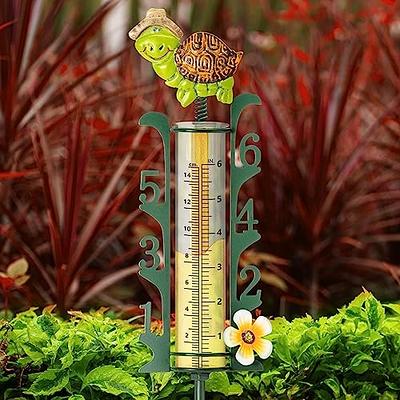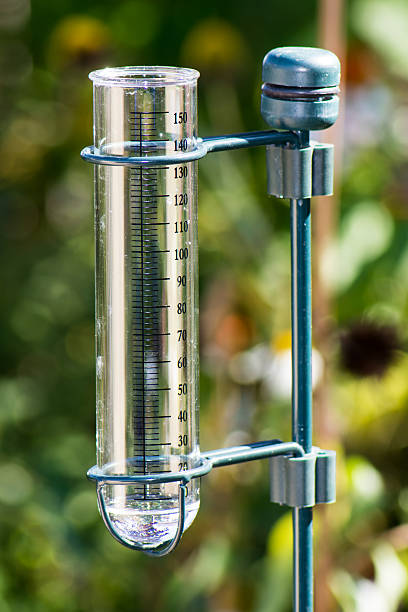Study The Rain Gauge: From Historic Development to Modern Applications
Study The Rain Gauge: From Historic Development to Modern Applications
Blog Article
DIY Rain Scale: Simple Actions to Make Your Own
Are you interested in tracking rains in your location? Creating your own do it yourself rainfall gauge is a easy and effective means to tape-record and gauge precipitation. With just a few usual products and some fundamental actions, you can quickly build your very own rain gauge at home. In this overview, we will supply you with a step-by-step process to aid you develop your very own rainfall gauge. No need for any specialized knowledge or devices - this job can be completed by anyone. By adhering to these easy directions, you will have a reputable device to determine rains and add to your understanding of the neighborhood climate patterns. So, allow's get going on making your do it yourself rainfall scale today!
Gather Materials
To begin creating your do it yourself rainfall scale, gather all the needed products utilizing a thorough listing of products. Having the ideal products on hand will certainly make sure the successful production of your rain gauge and permit exact dimensions of rainfall. You will need a clear plastic container or cyndrical tube, such as a plastic container or jar. Ensure the container is transparent so that you can conveniently see the water degree inside. Next, you will call for a ruler or gauging tape to mark the increments on the container. This will enable you to gauge the amount of rains accurately. Additionally, you will require a permanent pen or waterproof tape to note the measurements on the container. This will make certain that the markings remain noticeable also when exposed to rain. You will certainly need a strong base or stake to safely hold your rainfall gauge in location. This can be a wooden or steel stake that can be placed into the ground or a sturdy level surface area to offer stability. Collecting these products in advance will certainly improve the building process and ensure that you have everything you require to develop your very own DIY rainfall scale.
Prepare the Container

Mark the Measurement Increments
To properly measure the amount of rains, properly marking the measurement increments on your do it yourself rainfall scale is necessary. Without accurate and clear markings, it would be tough to determine the exact amount of rainfall accumulated in your rain gauge. Below are the actions to mark the dimension increments on your rain scale.
The most common systems for gauging rainfall are inches and millimeters. As soon as you have actually picked the system, use Get More Information an irreversible pen or waterproof paint to note the increments on the side of your rain scale.
When noting the increments, it is important to make sure that they are uniformly spaced and clearly noticeable. Use a leader or gauging tape to ensure accuracy and consistency. In addition, make certain that the markings are immune to fading or massaging off, as exposure to the elements may trigger them to weaken with time.
Location the Rainfall Scale Outdoors
The rain scale must be placed outdoors to properly gather rainfall information. The area picked for the rainfall gauge look at more info must be complimentary and open from any kind of blockages that might potentially influence the measurement of rains. The Rain Gauge.
Furthermore, it is vital to position the rainfall gauge on a steady surface, such as a level ground or a tough article. This will certainly prevent any kind of movement or tilting of the gauge, which can result in imprecise measurements. It is additionally advisable to prevent placing the gauge near any kind of sources of fabricated water, such as lawn sprinklers or water drainage systems, as this could hinder the accuracy of the dimensions.
Display and Record Rainfall Data
Regular tracking and recording of rainfall data is essential for accurate information analysis and interpretation. By monitoring rainfall measurements, you can acquire beneficial insights into climate patterns, climate patterns, and water resource administration. To efficiently monitor and tape-record rains information, it is vital to develop a routine and maintain constant practices.
To start with, guarantee that your rain gauge is placed in an open area away from obstacles such as trees or this hyperlink structures that may obstruct rains. Furthermore, ensure the rainfall scale is level and safely secured to stop any kind of activity that can impact the accuracy of the measurements.

When videotaping the rains information, it is essential to note the day and time of each measurement. Utilize a leader or a measuring stay with figure out the rainfall deepness in the rainfall gauge, and record this information properly.
To ensure the precision of the measurements, it is recommended to empty the rain scale after each recording. This will protect against any overflow or evaporation from influencing subsequent dimensions.
Final Thought
Finally, producing a DIY rainfall scale is a sensible and simple way to keep track of and videotape rains information (The Rain Gauge). By adhering to the actions laid out in this write-up, you can easily gather materials, prepare the container, note the dimension increments, and place the rainfall scale outdoors. Frequently keeping an eye on and taping rainfall information can provide useful details for numerous purposes
Having the right products on hand will make sure the effective creation of your rain scale and allow for accurate dimensions of rainfall.To properly measure the amount of rains, properly noting the measurement increments on your DIY rainfall gauge is important.The rainfall scale need to be put outdoors to accurately collect rainfall information. The place selected for the rainfall gauge must be open and complimentary from any type of obstructions that can potentially impact the measurement of rainfall.In conclusion, developing a DIY rainfall gauge is a functional and simple means to keep track of and videotape rains information.
Report this page